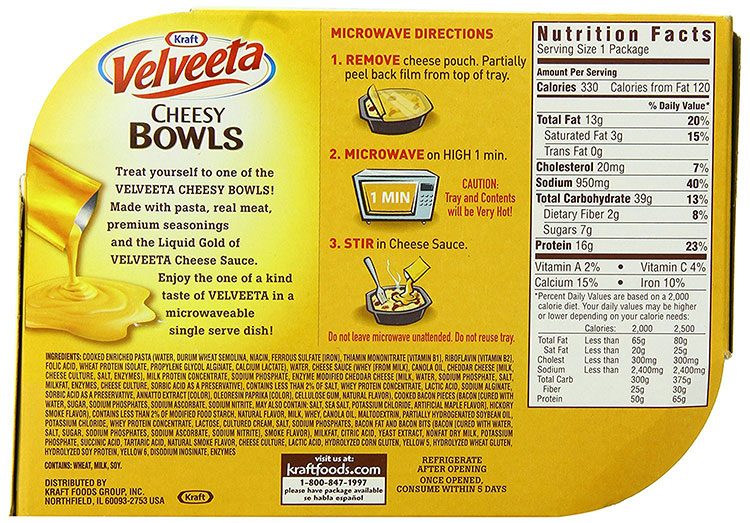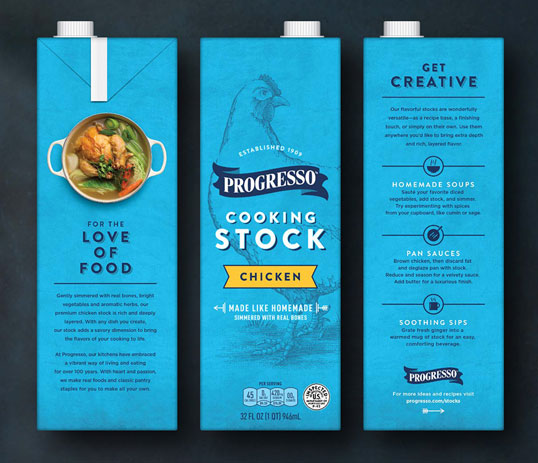7 effective ways to make your food labels sell
Last week, we talked about the legally required elements of a food label – what details, nutritional info and other facts you need to be compliant with Australian food standards.
But as most of us who have gone shopping know, there’s a lot more to food labels than just ingredients and nutritional makeup.
At least if you want your products to sell, there is.
Today, consumers are coming to the grocery with all sorts of needs, dietary restrictions and health concerns – and good labels should reflect that. They should be informative, persuasive and transparent, giving consumers honest and accurate information about what they’re putting in their bodies.
What does that look like? Let’s dive in.
1. Certifications
Is your product kosher? Organic? Gluten-free? Fairtrade? These certifications should be displayed front and center. Often, these designations are the sole driver of a person’s purchase – and if they can’t tell your product fits the bill, they’ll move on to one they’re sure does.

2. Important nutritional claims
Health and food quality is important to most consumers, so call attention to any important nutritional claims you legally can. High in fiber? Call it out on your label. A good source of Vitamin C or Folic Acid? Make it known. It could mean the difference between a lost sale and a long-term, repeat customer. If you’re unsure what kind of nutrition content and health claims you can make about your product, check the Australia New Zealand Food Standards website.
3. Usage Instructions
If your product requires any sort of preparation or cooking, detailed instructions are vital. For one, poor preparation of your product means poor customer satisfaction – and that means no more repeat purchases for you. More importantly, though, you don’t want consumers to get injured when preparing your products. So spell out exactly what steps they need to take to prevent that. You may consider a three or four-step instructographic with images.

4. Name and tagline
Always make your product’s name and tagline or slogan abundantly clear on your labels. You want to boost brand recognition with consumers – even the ones who just pass by your products on the shelves. Most importantly, you want consumers who buy and like your products to remember you (and come back and buy more later on).
5. A good description or brand story
If you have room, give customers a little more insight into your product or overall brand. Include a short story about how your company started, and make your brand relatable to the consumers you’re serving. Be sure to have fun with it, too. Customers will remember brands with personality!
Pro tip: Consider investing in packaging that will provide you with more printable area for your brand story, for example flexible pouches or peel and reveal labels.

6. Social and contact information
Make sure to include your full address, website address, social media handles and phone number on your labels. This allows customers to easily get in touch if they have a question or complaint – or simply if they want to order more products or check out your other items online.
7. Eye-catching imagery
Finally, you want graphics and imagery that are going to stop buyers in their tracks. Remember: there are hundreds of other products on that shelf. What can you do to stand out and be seen? How can you make sure customers pick yours over a competitor’s? Enlist an expert designer and use high-quality images to up your chances.
The next step
There’s no doubt that a food product’s label plays a big role in its ability to attract buyers. Want help creating a food label that’s right for your item? Ask us for a quick quote today.



